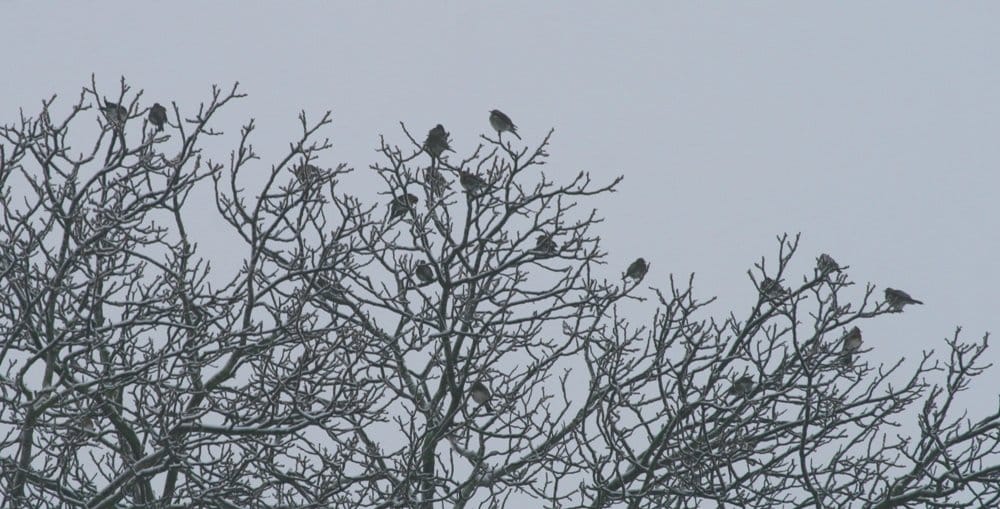
The Fieldfare Turdus pilaris has a wide Eurasian breeding range that reaches from its western limit in central Europe north to the Arctic coast of Eurasia and so far to the East as to almost reach the Sea of Okhotsk, which is just about as far North and East as a landbird in Eurasia could possibly go. In spite of having such a wide breeding range and being rather common and conspicious within it, most birders far and wide associate this thrush with the winter season, when huge flocks from the North-East migrate as far as Spain and all across Europe, and their chattering flight calls draw our eyes to the sky. The lucky birder, and it doesn’t require an unrealistic amount of luck, will stumble upon flocks on the ground that will often exceed a thousand birds, searching our agricultural expanses of fields and meadows for avian aviation fuel, to continue their wanderings and migrations to wherever they may roam. Such winter flocks, which often contain Redwings Turdus iliacus and are a joy to search through in hopes of a rare Siberian congener, are such a vital part of our winter perception that this aspect has found its way into the species’ common names throughout the languages of Europe.
In Sweden, it was once referred to as the Snow Thrush because the occurrence of large flocks moving to the South were regarded as the harbinger of snow. Since it is a common breeder throughout the country, the reference to winter flocks is very telling. Nowadays it is called the Birch Thrush, for whatever reason.
In the United Kingdom, and the English speaking world at large, it is called the Fieldfare as you know. With the exception of a small area in the far North, it is mainly a winter visitor to the royal isles. As to the etymology of “Fieldfare”, the infallible wikipedia offers two explanations: the Anglo-Saxon feldefare, possibly meaning traveller through the fields, or – less convincing – Old English fealu fearh, meaning grey piglet. Well, I am not sure about the piglet thing, but traveller of the fields is a wonderful depiction of its wintry way of life.
The German name Wacholderdrossel translates to Juniper Thrush and yes, this name also pertains to the winter season, although for reasons that are less obvious. When this thrush is plucked or skinned and its eyeballs removed, when the feet are cut off, the head is bent forward and the legs then pierced through the eye-sockets, and it is then rubbed in salt and finely ground juniper berries, and finally roasted for half an hour with a teaspoon of butter, it is a veritable delicacy. A delicacy is what it used to be of course, as nowadays we don’t eat them anymore, and the times when it was caught in huge numbers and sold at farmer’s markets to provide culinary delights in a harsh season are history. From a scientific perspective however, this may not be entirely such a good thing as those piles of fieldfares offered at the markets were frequently and successfully searched by scientists for rarer Siberian thrushes that had accidentally also been caught with their carrier species. Those times are gone, and the birders of Germany are now having a very hard time laying their eyes – not hands anymore – on such Asian treats.
However, I prefer dealing with a few gaps on my German list over enjoying a small thrush snack while out birding, no matter how nice it may taste with juniper berries. The birds are too beautiful to eat anyway.


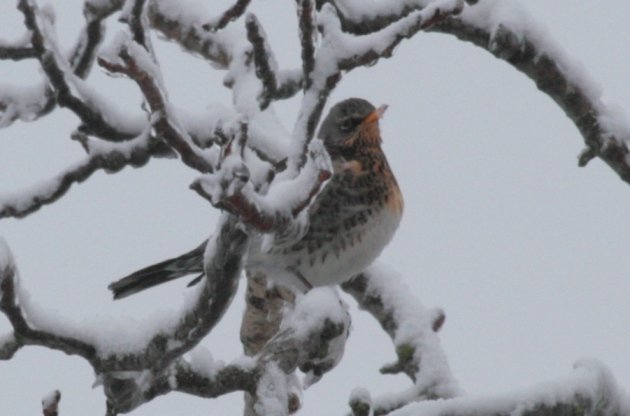
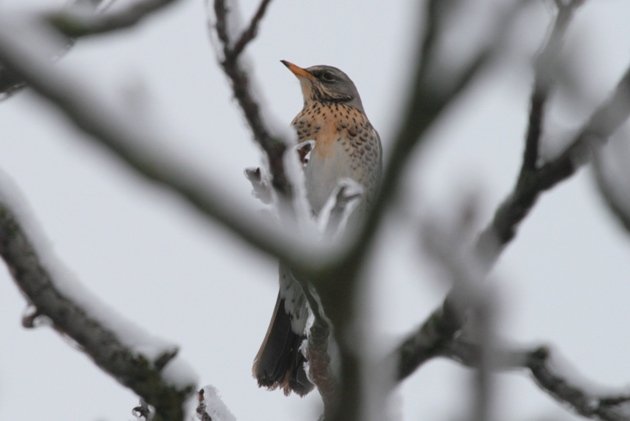
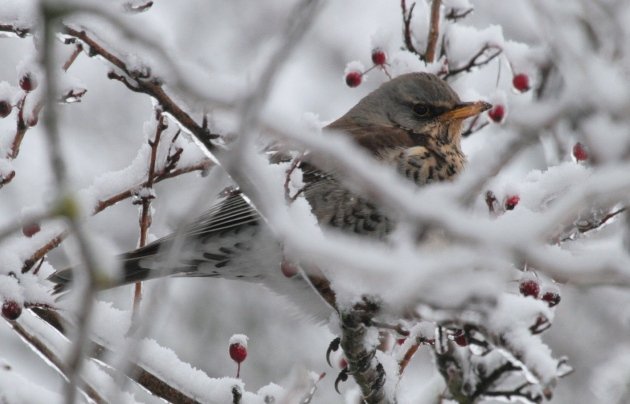
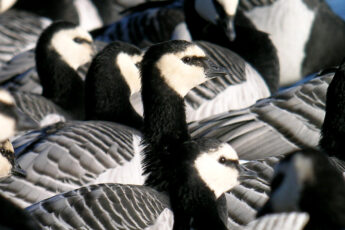
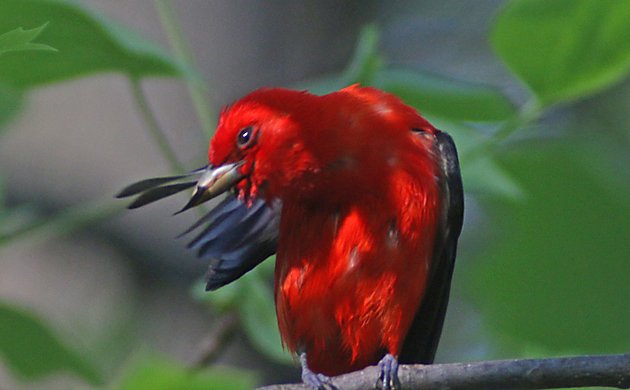

 New writers welcome – please contact us for details.
New writers welcome – please contact us for details.

















Leave a Comment